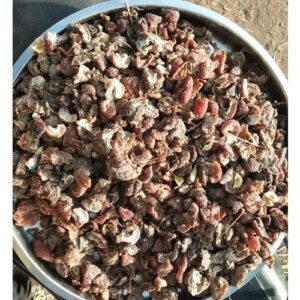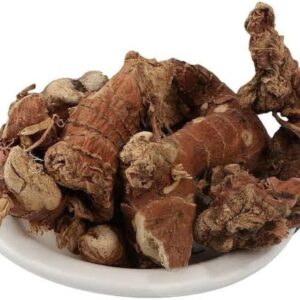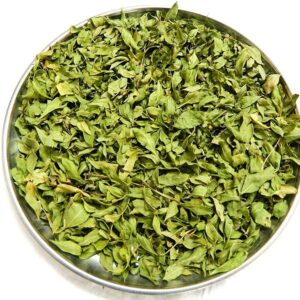Description
Common Names:
- Curry Leaves
- Sweet Neem
- Kadi Patta (in Hindi)
- Kari Patta (in Tamil)
- Kadhi Patta (in Kannada)
Forms:
- Fresh Leaves: Used in cooking, particularly in Indian cuisine.
- Dried Leaves: Often used in spice blends or for long-term storage.
- Powdered Form: Ground dried curry leaves used as a seasoning or supplement.
Origin:
- Native Region: Native to India and Sri Lanka.
- Cultivation: Widely grown in tropical and subtropical regions, including parts of Southeast Asia and Africa.
Nutritional Benefits:
- Rich in Nutrients: Curry leaves are rich in vitamins A, B, C, and E. They also contain essential minerals like calcium, phosphorus, and iron.
- Antioxidants: High in antioxidants, which help protect cells from oxidative stress.
Health Benefits:
- Digestive Health: Known to aid digestion and alleviate gastrointestinal issues like diarrhea and constipation.
- Blood Sugar Regulation: May help manage blood sugar levels and support overall metabolic health.
- Anti-inflammatory Properties: Contains compounds that may reduce inflammation and help manage chronic inflammatory conditions.
- Hair Health: Traditionally used in hair care for promoting healthy hair growth and preventing premature graying.
Uses:
- Culinary Uses: Fresh curry leaves are used in cooking to add flavor to curries, soups, stews, and rice dishes. They are often sautéed in oil or ghee to release their aromatic oils.
- Herbal Remedies: Used in traditional medicine for various health benefits, including digestive health and anti-inflammatory effects.
- Cosmetic Uses: Often included in hair care products for its purported benefits for hair health.







